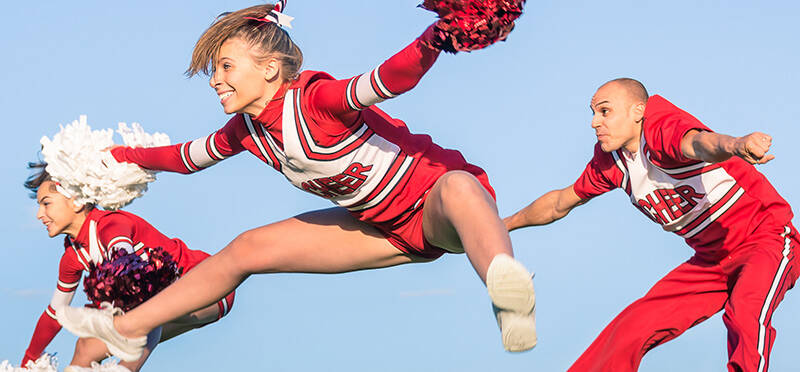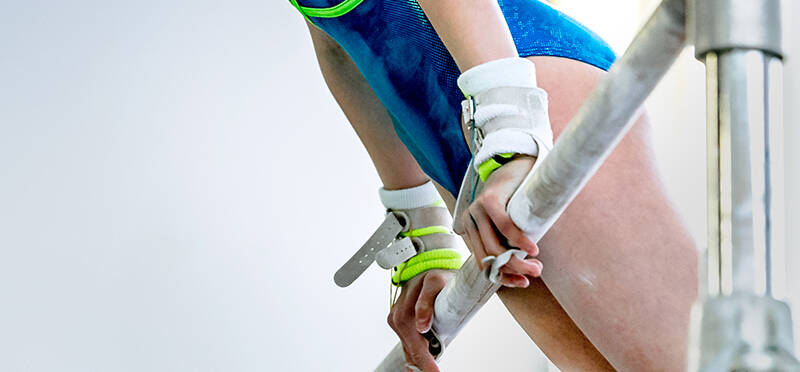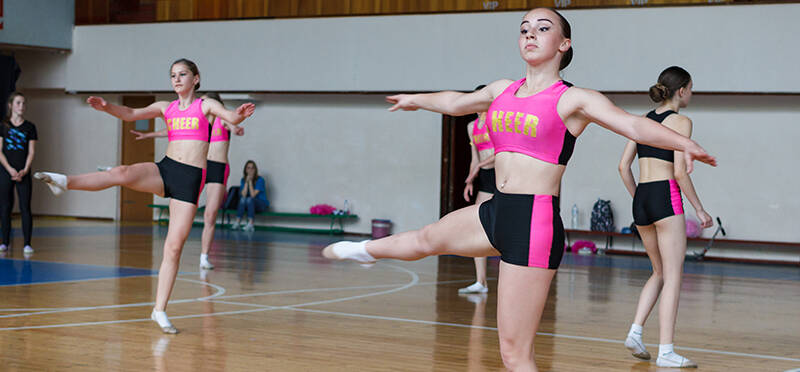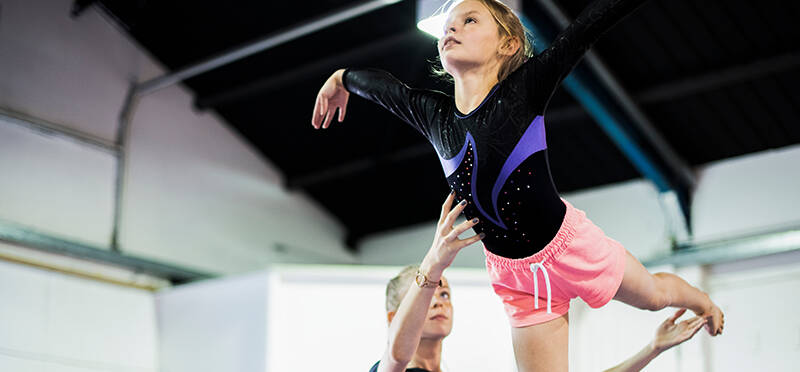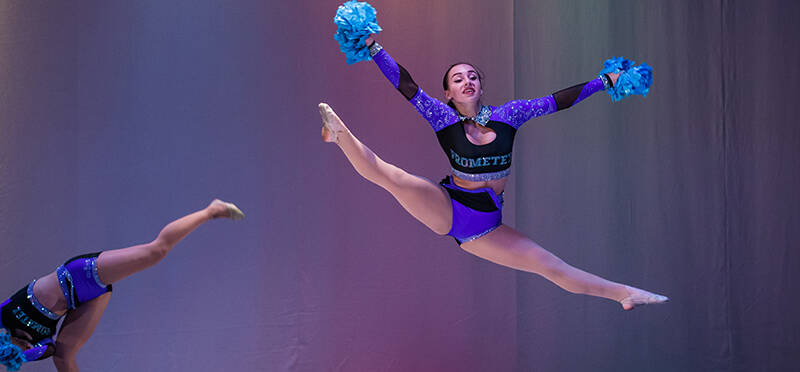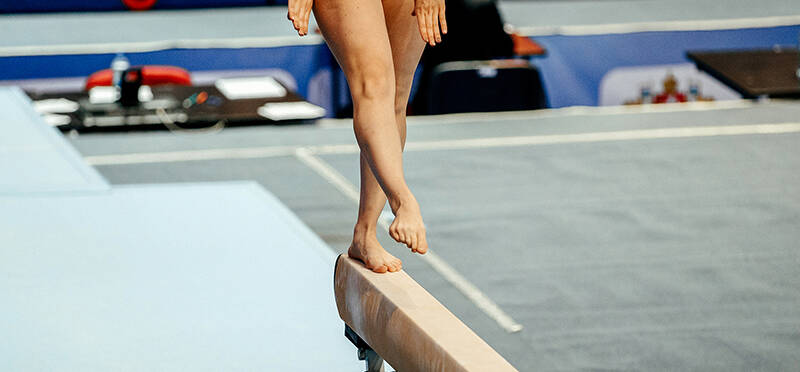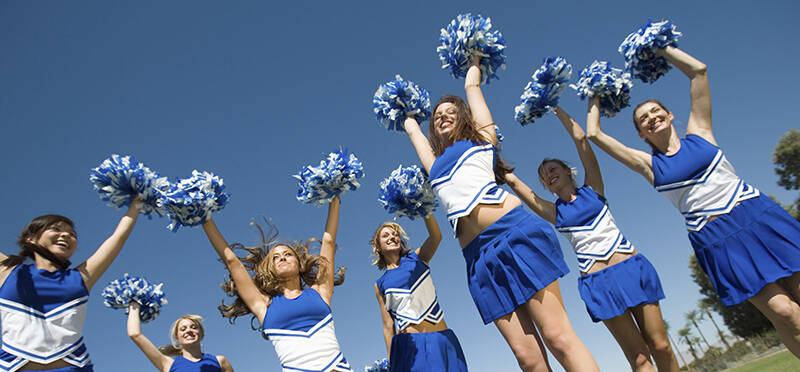4 Ways Cheerleaders Can Get Higher Jumps
Posted on October 25, 2021 by Tara Hackney, PT, DPT, OCS, KTTP
Many cheerleaders want to achieve higher and more powerful jumps. Jumps take practice and repetition. Jumping also involves the whole...
(more…)




